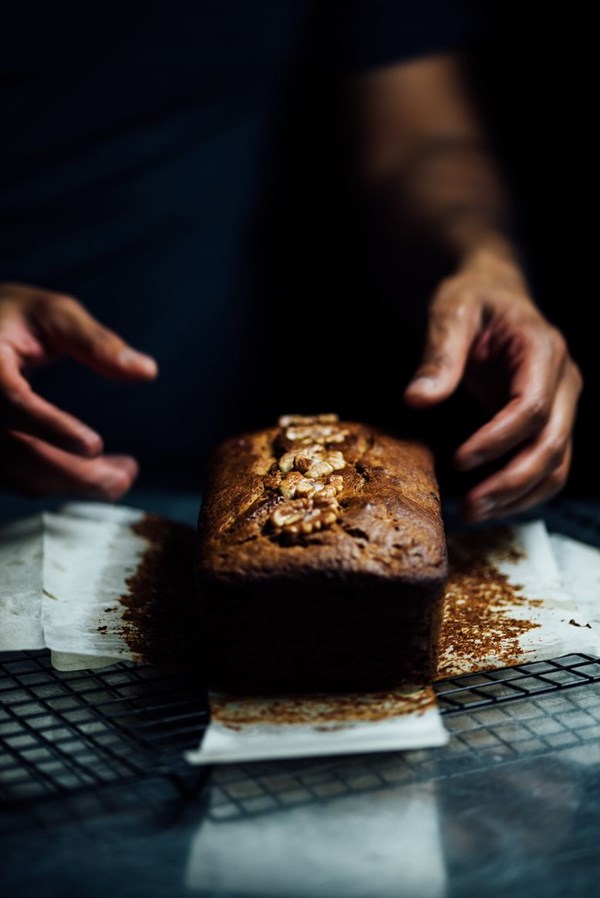You already own the best kitchen tool
June 5, 2020 by DarcieWhen listing essential kitchen tools, most cooks would include items such as a sharp knife, enameled cast iron pot, balloon whisk, heat-resistant spatula, heavy saucepan, or rimmed baking sheet. Others might throw in a food processor or stand mixer. Not Ruby Tandoh. Instead, she reminds us that our hands are the greatest kitchen utensils.
Even though Tandoh values all of the sensory information that touch provides in the process of cooking, she sometimes feels like her hands are no longer a part of her because of the pandemic. “Every time I touch a door handle or pick out groceries, I’m aware that these hands could be unwitting vessels for a pandemic, so I wash, touch, wash, touch, wash, repeat, my nerves bristling across soap-withered fingertips,” she says. But that changes when she is in the kitchen.

Tandoh recounts the many ways cooks use their hands as tools to determine measurements or gauge the readiness of a food. She notes Samin Nosrat’s measurements often include hands and fingers: a “palmful” of salt, a generous “wrist wag” or a “pinch” of an ingredient. Nik Sharma is another food writer that Tandoh interviewed who feels that touch is important in the kitchen. While noting that gadgets may be useful for those who have mobility issues or sensory aversions, Sharma thinks that using your sense of touch adds to the cooking experience and allows you to become a more confident cook. Many of the images in his cookbook Season features his hands, like the Date and tamarind loaf pictured above.
Not only do we benefit from using our hands, the food can also be transformed through touch, says Tandoh. She points to Korean artist Jiwon Woo whose son-mat (Mother’s Hand Taste) project examined how microbial transfer from one’s hands to food can subtly impact its flavor. Tandoh explains that cooking “might boil down to science, but it comes to life in our hands.”
Categories
- All Posts (6940)
- Antipasto (2135)
- Author Articles (247)
- Book News (935)
- Cookbook Giveaways (983)
- Cookbook Lovers (257)
- Cooking Tips (109)
- Culinary News (299)
- Food Biz People (552)
- Food Online (791)
- Holidays & Celebrations (272)
- New Cookbooks (149)
- Recipes (1500)
- Shelf Life With Susie (231)
- What's New on EYB (133)
Archives
Latest Comments
- kmwyman on Rooza by Nadiya Hussain – Cookbook Review and Giveaway
- Maryd8822 on The Golden Wok – Cookbook Giveaway
- Dendav on Danube Cookbook Review and Giveaway
- sanfrannative on Rooza by Nadiya Hussain – Cookbook Review and Giveaway
- darty on Danube Cookbook Review and Giveaway
- Atroyer7 on Danube Cookbook Review and Giveaway
- demomcook on What foods do you look forward to the most for each season?
- demomcook on Danube Cookbook Review and Giveaway
- Darcie on How cookbooks can help build resilience
- mholson3 on Danube Cookbook Review and Giveaway